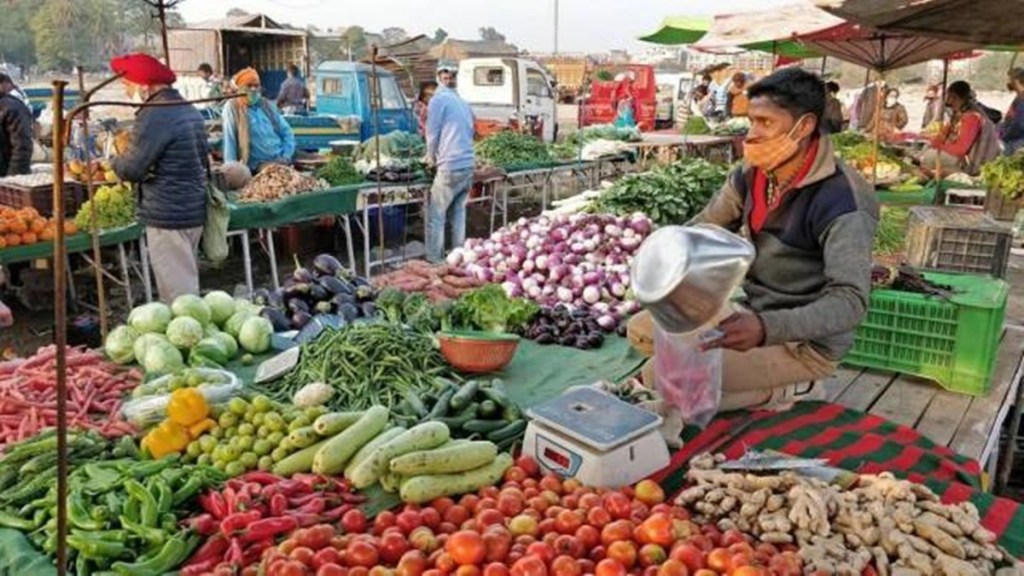To bring down cereal inflation that has been in double digits for the past many months, the government is likely to sell more wheat and rice in the open market, and keep a close watch on the price movement. While the Food Corporation of India (FCI) is likely to offload wheat in the open market through bulk buyers next month against usual practice of selling the stocks during the January-March ‘lean’ period, officials are also considering a proposal to sell surplus rice to curb the possibility of any spike in prices.
Official sources said the distribution of monsoon rains is being closely monitored as there is likelihood of an adverse impact of El Nino condition on annual precipitation which may pull down kharif paddy sowing. Kharif output has a share of around 80% in the total annual rice production in the country.
“Five million tonne (MT) of rice can be released in the open market. Wheat inflation in May should be coming down as the wholesale price index is already down which could reflect on onsumer price index (CPI) data with a lag,” Ashok Gulati, agricultural economist and former chairman, Commission for Agricultural Costs and Prices (CACP) told FE.According to department of consumer affairs data, the model retail wheat prices declined by 9% to Rs 25/kg on Saturday against the prices prevailing in January, 2023 while rice prices have fallen by 4% to Rs 35/kg since the beginning of the year.
Retail wheat and rice prices rose by 15.46% and 11.37% in April on year against an increase of 25.05% and 10.51%, respectively, in January. The retail inflation data for May will be released on Monday. Gulati said about six to seven MT of wheat should be sold in the open market by the FCI during the October–January period. “The open market sale scheme (OMSS) of wheat was done just before procurement started in February and wholesale prices were brought down from about Rs 2,700/quintal to Rs 2,200/quintal,” he said.
The FCI had sold 3.37 MT of wheat to private bulk buyers such as flour millers and food companies during February 1-March 15 through weekly auctions.As on June 1, the FCI has 26.55 MT of rice, which excludes 15.85 MT of rice yet to be receivable from millers. The corporation needs 36 MT of rice annually for allocation under the national food security act (NFSA).The wheat stock with the FCI in the beginning of the month is 31.2 MT while the government needs 18.4 MT annually for the implementation of the NFSA.
The buffer norm for July 1 is 27.58 MT (wheat) and 13.54 MT (rice).“Mandi prices of wheat have been ruling around Rs 2,200/quintal just above the minimum support price (MSP) of Rs 2,125/quintal at present and farmers are holding on to some stocks in anticipation of higher prices in future,” Mukhesh Khatod, a wheat trader from Rajasthan’s Chittorgarh mandi said.The rice production in the 2022-23 crop year is estimated at a record 135.5 MT while wheat output is estimated at 112.74 MT in the last crop year. Cereals and products category, which includes rice, rice and other grains has 9.67% weightage in the CPI.

